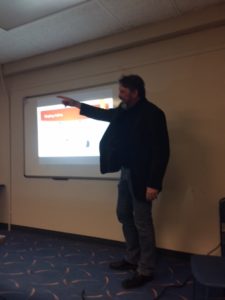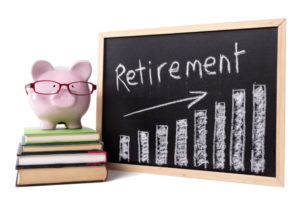
After having talked to numerous Baby Boomers lately, I’m convinced more than ever that the majority of we boomers really don’t want to retire, we just need a change, and some help figuring out what to do with the rest of our lives.
In this article I would like to share my thoughts on why some people feel the need for a significant change late in their careers and why traditional retirement is not the answer. I know these feelings because it happened to me. And I’ve been telling the story at a number of presentations Jonathan and I have conducted at various branches of the Toronto Public Library in recent weeks.
The photo shows one such presentation at the York Woods branch on Victory Lap Retirement, followed by a Q & A session. I love doing these presentations, as it gives me an opportunity to present to my fellow boomers and find out what is going on out there in the real world.
I Started Feeling Antsy Late In My Career
There were a number of reasons for the change I made and here they are in no particular order:
1.) I became very good at doing my job. This naturally happens when you do the same job for twenty plus years. You get comfortable, there is little challenge and you plateau.
2.) After 36 years of work I was tired of taking orders and being told what to do.
3.) I became bored with my job. That is what happens when you turtle and continue to play safe. I wasn’t learning anything new and I didn’t derive any satisfaction (happiness) from my job. The thrill was long gone and winning more sales contests and trinkets didn’t matter to me anymore. I remembered laughing a lot more earlier in my career. I knew I needed to laugh more before it was too late.






